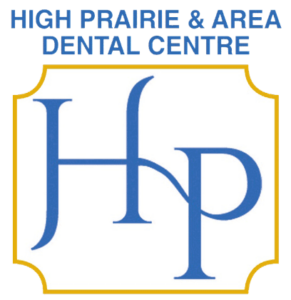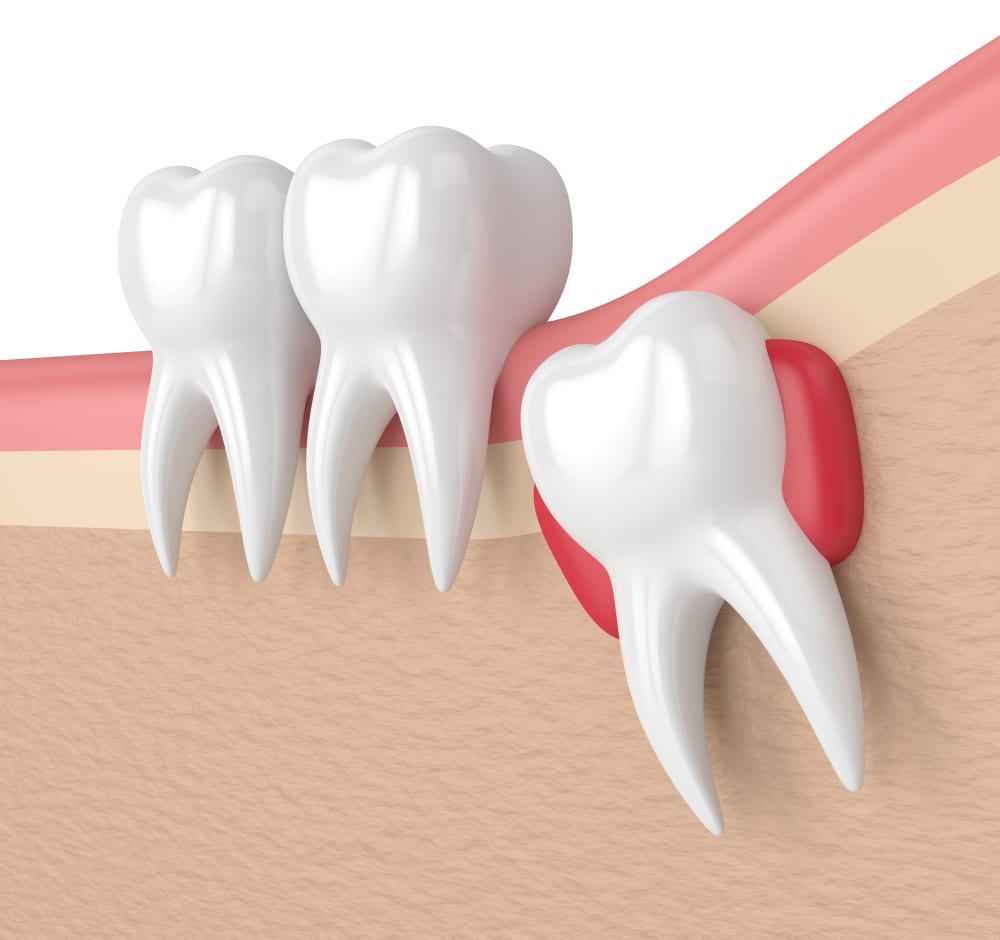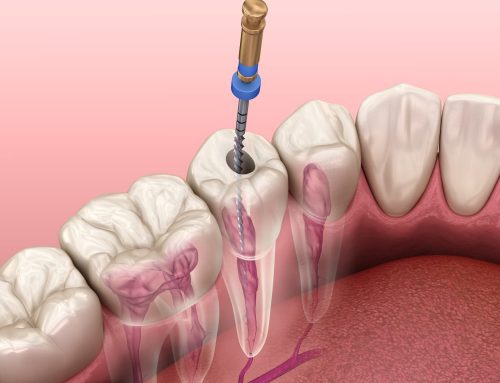Wisdom teeth form (often years) after permanent teeth, which means there’s not much space in the mouth for them. This eventually causes the wisdom teeth to become impacted in the gum tissue and bone. Bacteria traps begin to develop leading to infections. Wisdom teeth may also cause bone loss at the back of the mouth and damage the molars.
There are times when it’s unnecessary to remove wisdom teeth, but these special cases are rare. Usually leaving the wisdom teeth in leads to some serious complications which we’ll take a look at in this article.
OVERCROWDING
Most people’s mouths are too small for third molars to grow in problem-free, that’s why wisdom teeth often result in overcrowding. Your teeth will start to shift and overlap each other. Not only can this be very painful but it also leads to a less attractive smile and often means more orthodontic care will be required.
IMPACTED WISDOM TEETH
If your wisdom teeth are impacted, then they are trapped below the gum line. It’s a painful situation that makes it difficult to eat. Chances are it will also lead to an abscess or infection. Impaction also causes decay and other problems to your currently healthy teeth.
SIGNS YOU’RE READY TO HAVE THEM REMOVED
Most of us have our wisdom teeth removed between 16-26 years, but it’s important for each patient to be evaluated individually. Signs you should be aware of when considering wisdom teeth removal include:
- PAIN OR SENSITIVITY. It may start small with sensitivity to cold or hot drinks. Then a general discomfort may begin. Certain foods or brushing your teeth may trigger additional pain. If you’re feeling soreness in this area, the dentist will probably want to see an x-ray to confirm the presence of wisdom teeth and where they are in their formation.
- DIFFICULTY EATING. You may not notice any pain when wisdom teeth start growing. Instead, you could experience difficulty eating. Food is probably getting stuck between your teeth or under your gums. This discomfort is caused by movement under your gums as your wisdom teeth start developing. Brushing your teeth often doesn’t help, not only is the food difficult to reach but the feel of the toothbrush against your sensitive gums makes it to painful to keep trying.
- SINUS ISSUES. If the roots of the wisdom tooth are growing in on the upper jaw, they can rub your sinuses, putting excess pressure on them. Headaches and congestion, without any other cold or flu-like symptoms, is a sign wisdom teeth are on the way.
Your dentist understands how important timing is when it comes to removing your wisdom teeth and is likely already monitoring their development. It’s better to remove them early on before the roots have been able to form. This results in lower complications and leads to a quicker recovery. Dentists at High Prairie and Area Dental Center are the most expertly trained in Northern Alberta. We evaluate the stages of your wisdom teeth as well as the positioning, to ensure the safe removal and a speedy recovery.





